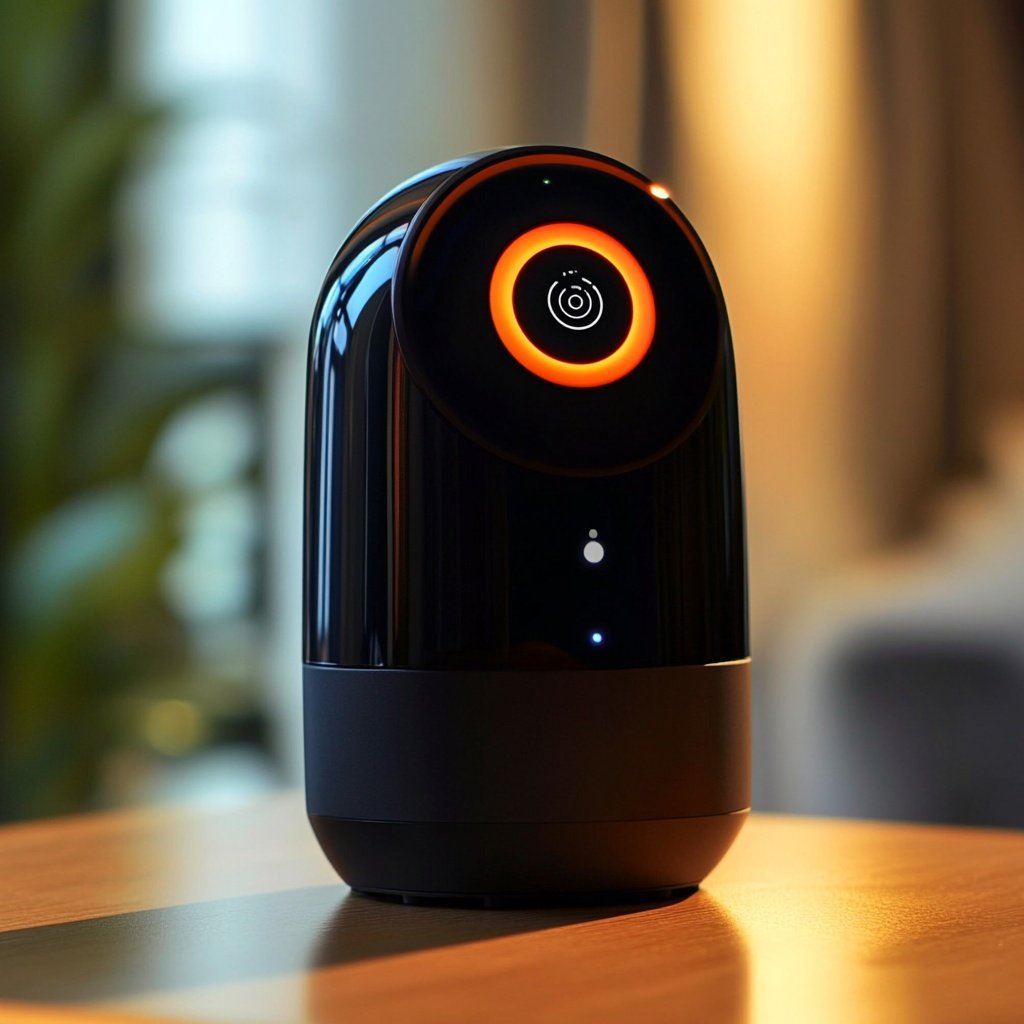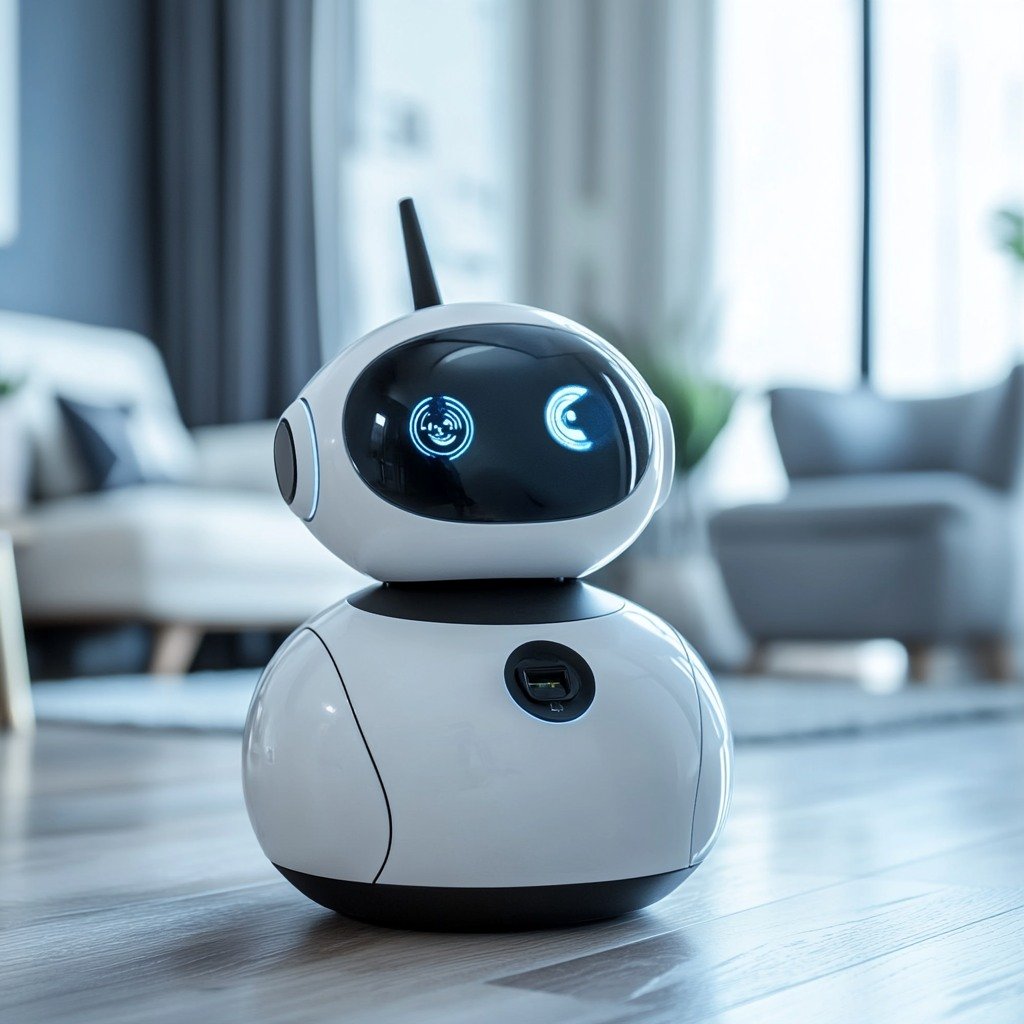In today’s world, ensuring the safety of your home is more critical than ever. Traditional security methods are no longer enough, and homeowners are increasingly turning to automated solutions to keep their properties safe. Automating your home security system not only gives you peace of mind but also allows you to monitor and control your security from anywhere, anytime.
How to Set Up a Smart Home Entertainment System | How to Create a Smart Home Office
In this guide, we’ll walk you through how to automate your home security system effectively. Whether you’re just starting or looking to upgrade your existing setup, we’ll cover the essential tools, technologies, and steps to help you safeguard your home.
The Benefits of Automating Your Home Security System
Why Automate?
Home automation technology is changing the way we protect our homes. Here are some key benefits:
- 24/7 Monitoring: Automated systems provide round-the-clock surveillance, even when you’re away.
- Remote Access: You can control your security devices from your smartphone, no matter where you are.
- Real-time Alerts: Automated systems send instant notifications to your phone if any suspicious activity is detected.
- Energy Efficiency: Many automated security systems can be integrated with smart lighting and energy management tools to help save on energy costs.
Key Components of an Automated Home Security System
Smart Cameras
Cameras are a crucial part of any home security system. Automated systems allow you to monitor live feeds and store footage in the cloud for future reference.
- Indoor and Outdoor Cameras: Strategically place cameras inside and outside your home for comprehensive coverage.
- Motion Detection: Choose cameras with motion detection to receive alerts when movement is detected.
Smart Locks
Automated locks provide an extra layer of security by allowing you to control access to your home from anywhere.
- Remote Control: Lock and unlock your doors remotely via a smartphone app.
- Keyless Entry: Provide access codes to trusted family members or visitors without needing physical keys.
Smart Alarms
Modern alarms are more advanced than their traditional counterparts, integrating seamlessly with the rest of your automated home.
- Customizable Alerts: Set alarms to trigger based on specific conditions, such as motion detection or door/window sensors.
- Integration with Other Systems: Automated alarms can be linked to cameras and smart locks for comprehensive security.
Steps to Automate Your Home Security System
Assess Your Needs
Determine the most critical areas of your home that need surveillance or automation. For example, focus on entry points such as doors and windows.
Choose the Right Devices
Select security cameras, alarms, and locks that are compatible with home automation systems like Alexa, Google Home, or Apple HomeKit.
Install and Connect Your Devices
Once you have your devices, it’s time to install them. Many modern systems are designed for easy DIY installation, but you may want to hire a professional if you’re setting up a complex network.
Set Up Automation Rules
Most systems allow you to create automation rules. For instance, you can set your cameras to record when your smart lock is opened or schedule your alarms to activate at specific times.
Test and Monitor Your System
After installation, regularly test your system to ensure it’s working correctly. Use the mobile app to monitor your system from anywhere and adjust settings as needed.

Summary Table
| Component | Features | Benefits |
| Smart Cameras | Motion detection, cloud storage | 24/7 monitoring, remote access |
| Smart Locks | Keyless entry, remote control | Convenient access, enhanced security |
| Smart Alarms | Custom alerts, system integration | Comprehensive protection, instant alerts |
Automating your home security system is a smart investment that enhances safety, convenience, and peace of mind. By integrating smart cameras, locks, and alarms, you can keep your home secure no matter where you are. Whether you’re building a new system from scratch or upgrading an existing one, following these steps will ensure your home is well-protected.
FAQs
The best way to automate your home security system is by using a combination of smart cameras, locks, and alarms integrated into a single platform like Google Home or Amazon Alexa.
Yes, many systems are designed for easy DIY installation. However, you may want to hire a professional if you’re unsure or installing more complex setups.
Most modern automated security systems come with mobile apps that allow you to monitor your home remotely through live video feeds and alerts.
Costs can vary depending on the system and devices you choose, but basic setups are often affordable and can be scaled as needed.
Yes, many automated security systems are designed to integrate with other smart devices, such as lighting and thermostat controls, for a fully automated home.




